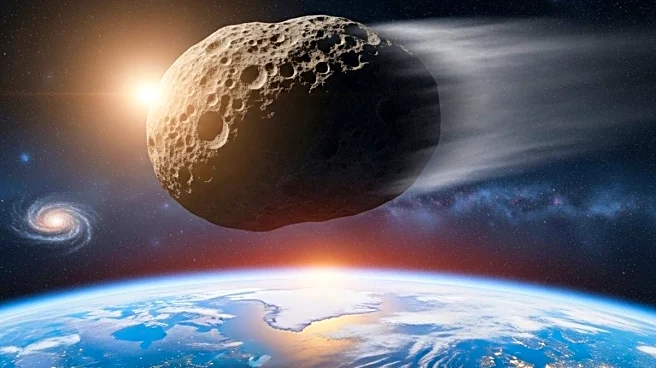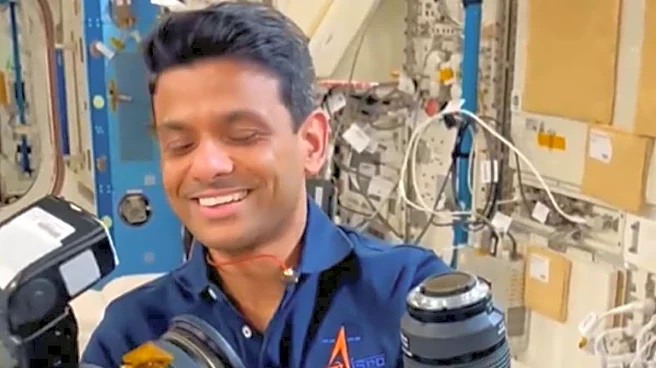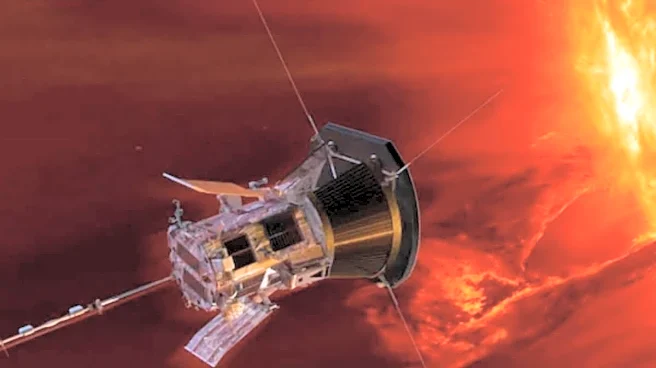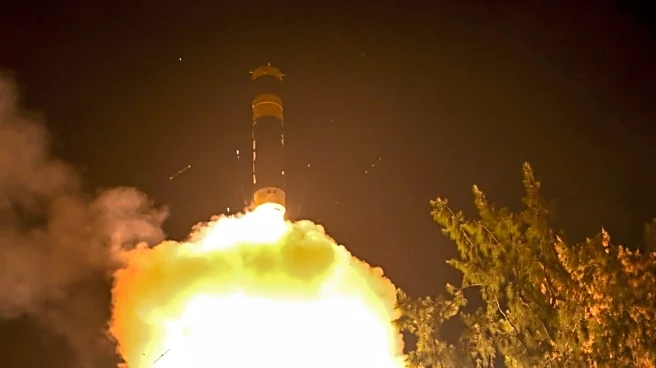NASA now plans to deorbit the ISS in 2030. The station will be directed into a remote region of the Pacific Ocean. John M. Horack, Professor of Mechanical and Aerospace Engineering at The Ohio State University explained the plan in a conversation re-published by Science Alert.
The ISS began with modules launched in 1998. Since then, it has served as a hub for science across materials, biology, physics, and astronomy. More than 4,000 experiments have been carried out. These led to over 4,400 research papers, advancing life on Earth and shaping future missions.
Some discoveries were remarkable. Astronauts studied thunderstorms, improved crystal growth for cancer drugs, and tested how to grow artificial retinas. Researchers learned how to process ultrapure optical fibres and even sequenced DNA in orbit. The unique setting of spaceflight, with microgravity, vacuum, radiation, and extreme temperature swings, proved invaluable.
However, NASA will not abandon Low Earth Orbit (LEO). The agency wants a continuous presence around 250 miles above Earth. In 2021, it awarded contracts to develop private space stations. These will be owned and operated by commercial firms but serve as research platforms.
NASA has already working closely with key players in the industry. SpaceX and Boeing now send astronauts and cargo under commercial agreements. Building on that model, the agency invested more than $400 million to support private stations.
In September 2025, NASA issued a draft call for Phase 2 proposals. Selected teams must design, test, and demonstrate stations capable of hosting four astronauts for at least 30 days. NASA will then certify designs for safety and purchase services as a customer.
The timeline remains uncertain. Whichever companies succeed will shape the next chapter in orbit. Meanwhile, China’s Tiangong space station is already operating. It has been permanently crewed for around four years. If the ISS ends its streak, Tiangong could become the longest continuously inhabited outpost in space.
For the global spaceflight community, the end of the ISS will be bittersweet. As Horack noted, the station represents one of humanity’s greatest achievements. Its legacy will guide the dawn of commercial spaceflight.
Also Read: Reasonable to expect humans on Mars by 2040: NASA’s Sharmila Bhattacharya





/images/ppid_59c68470-image-175871254454656034.webp)




/images/ppid_59c68470-image-175871003000247651.webp)
/images/ppid_a911dc6a-image-175868945655686716.webp)

